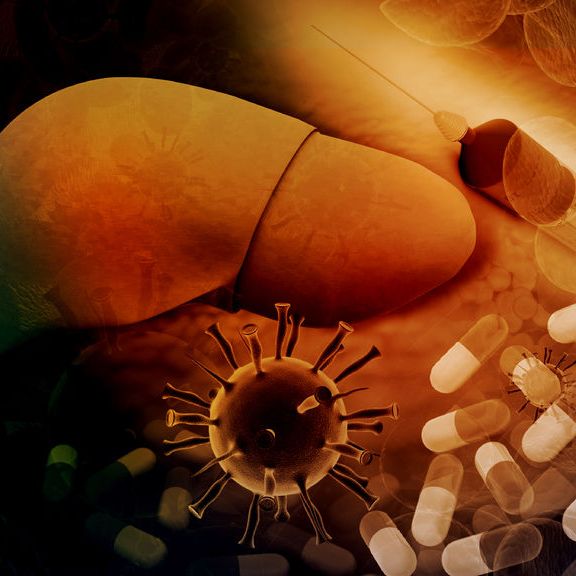Gamma-glutamil transferase (GGT)
Gamma-glutamyl transferase (GGT), also known as gamma-glutamyl transpeptidase, is an enzyme produced by the pancreas, liver, and kidneys. It is present in the highest concentration in the kidneys, but in the blood plasma enzymes from the liver are found predominantly. Thus, the condition of the liver and bile ducts can be accurately examined from a blood sample.

What does the test show?
The GGT test can be used to detect liver damage and bile duct obstruction. The increase in enzyme levels is proportional to the degree of damage. It is usually prescribed with other liver function tests by the treating physician.
In which cases is it recommended to perform the test?
Testing for gamma-GT enzyme activity should be initiated by a physician if symptoms suggestive of hepatitis (jaundice, abdominal pain, nausea, vomiting, bloating) or suspected biliary duct obstruction occur. As the enzyme activity does not show the cause of liver damage, only its extent can be determined from it, so it is performed at the same time as other liver function tests.
It is the most accurate indicator for examining the destructive effect of alcohol on the liver as even a small amount increases the enzyme activity.
What sample is needed for the test?
A blood sample taken from a vein is needed for the test.
Do not drink alcohol for 24 hours before sampling. An empty stomach is required for sampling to perform the test.
What can the result indicate?
Low GGT enzyme activity does not indicate a problem, in which case there is no liver or bile duct damage in the body.
However, elevated GGT enzyme activity indicates liver damage, the higher its level, the greater the degree of damage. The increase may be due to liver disease, viral infection (Hepatitis B, Hepatitis C), some environmental damage (solvent, adhesive), drugs that cause liver damage (e.g. non-steroidal anti-inflammatory drugs, oral contraceptives, antidepressants), alcoholism, disease of the pancreas, congestive heart failure or hyperthyroidism. In case of women, enzyme levels may increase with age.
What to do after the test?
The result obtained does not in itself constitute a diagnosis. In all cases, consult the specialist who ordered the examination to determine the cause of the complaint and the appropriate treatment.

